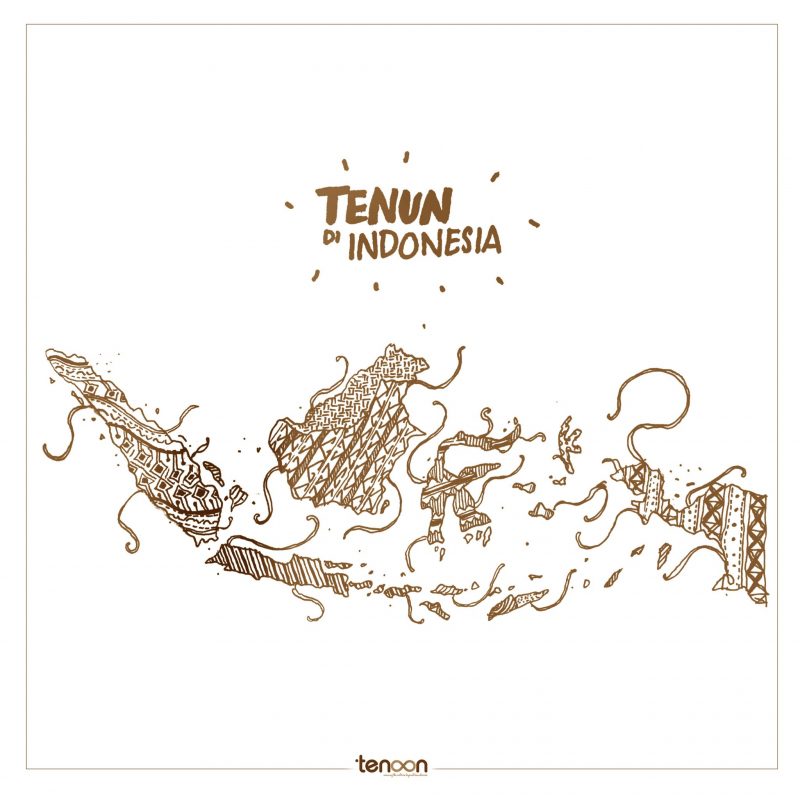Tenoon Stories
10 Facts About Tenun (Woven Fabric) in Indonesia
- In early 20th century, ATBM (Alat Tenun Bukan Mesin) or called non-mechanism loom was introduced to Indonesia. It can be used to make a wider piece of cloth.
- There is one weaving technique called double ikat, where the warp and weft threads are dyed. There is only one place in Indonesia, or indeed Southeast Asia, who makes double ikat. It is made in Bali by the Bali Aga people. This double ikat is called Geringsing, woven only in the remote village of Tenganan in East Bali.
- The oldest form of ikat is warp ikat, whereby the pattern is tied and dyed into the warp threads. It is commonly used by many people in Indonesia, including the Batak in Sumatra, the Dayak in Borneo, the Toraja in Sulawesi, and many cultures in West and East Nusa Tenggara.
- Ulos or uis which people commonly referred as a traditional Batak textile has a meaning as a blanket. Nowadays, most of the Ulos have a good will words woven on the surface such as selamat pakai (happy wearing).
- Almost every house in Baduy-Java has a back-strap loom called a pakara and the girls are taught to weave from a very young age.
- One of the traditional cloth in Central Java is its striped cotton called Lurik which derived from the term Lorek, meaning striped.
- In Lio area, Flores-East Nusa Tenggara, there is a type of cloth called sarong lawo nepa mite, worn by pregnant women, where majority the motifs are snakes. The snake reflects ancient ideas and appears in their mythology and when a snake is spotted it is believed to bring good news.
- The weavers of Tanimbar-Maluku produced cloth for trade with Makassar and Banda, and then, in the 17th century, they traded their clothes for a cotton thread with the Dutch.
- In the past when silk was sometimes harder to obtain, the weavers in South Sulawesi would starch the cotton cloth and polish it with a seashell to create a silk-like sheen.
- In Sintang-West Kalimantan, the general practice of weaving had all but disappeared until the 1980s when the local priest, Peter Maessen, encouraged those women who still knew how to weave to start making their textile again and make them to high standards.
Source: “Tenun Hand Woven Textile of Indonesia” (2010) published by Cita Tenun Indonesia
Image by: Muhammad Fithrah (Instagram: @fith101), one of Tenoon’s talented contributors


